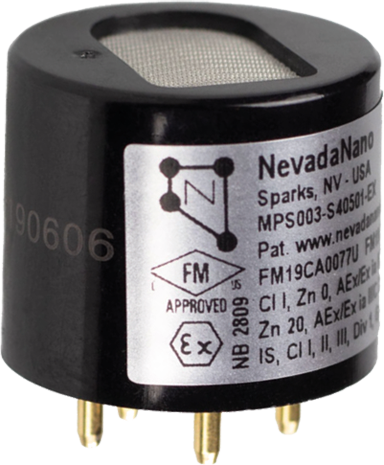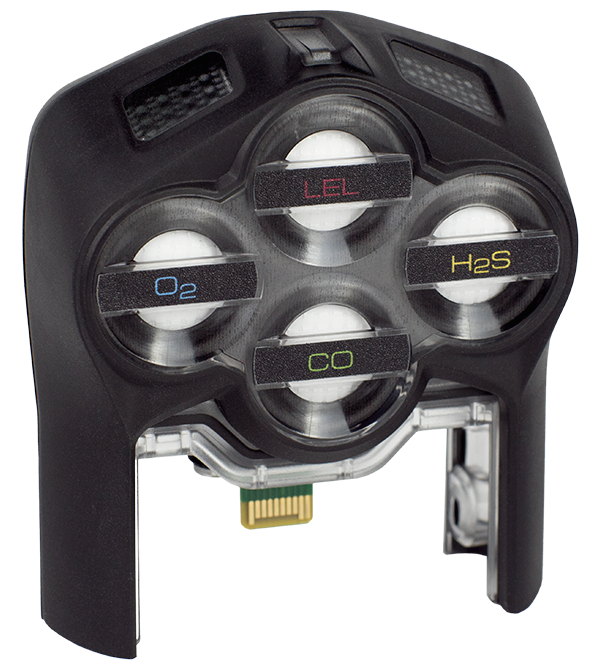Proven, reliable sensor technology that can accurately detect and identify over 14 hazardous combustible gases.
Blackline Safety’s G7 connected gas detectors use industry-leading Molecular Property Spectrometer (MPS™) Flammable Gas Sensor by NevadaNano for the detection of combustible gases. The MPS sensor’s innovative technology delivers TrueLEL™, offering the most accurate readings in the market for over 14 of the most common combustible gases and gas mixes — including hydrogen — while eliminating common issues found with traditional sensors.
Flammable gas sensors, such as fixed LEL gas detectors, are critical safety devices used to detect and monitor combustible gases in various industrial and commercial settings. These sensors are designed to measure the gas concentration of flammable gases and vapors, such as natural gas, propane, and butane.
By continuously monitoring the gas concentration, these sensors can help prevent accidents and injuries by alerting personnel to potential hazards. When the gas concentration reaches a certain level, known as the lower explosive limit (LEL), the gas mixture can ignite in the presence of an ignition source. The LEL is the lowest concentration of a gas that can form a flammable mixture with air, while the upper explosive limit (UEL) marks the point at which the gas mixture is too rich to ignite. Gas detection systems equipped with LEL sensors can be used to monitor for a wide range of flammable gases, including those with different lower explosive limits. By understanding the lower explosive limits of specific gases, it is possible to set appropriate alarm thresholds to ensure safety within a specific temperature range.
MPS sensors can be used in complex industrial environments such as those in Oil & Gas, Petrochemical, Industrial Manufacturing, Water and Wastewater, Fire and Hazmat Response and Renewable Energy.











